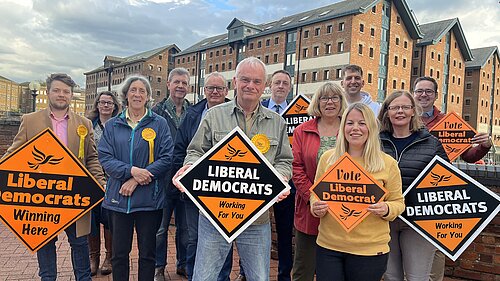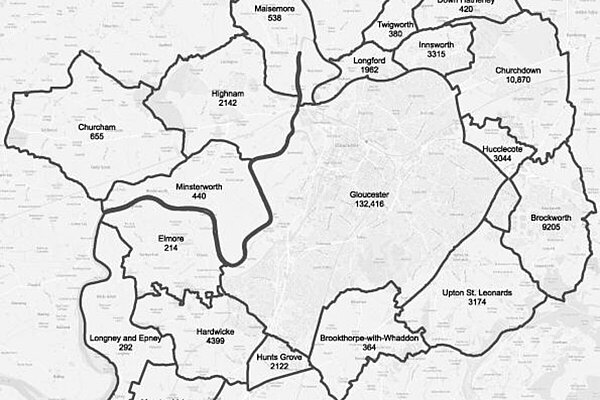City council leader makes 'Greater Gloucester' plea amid unitary debate

Any reorganisation of local government in the county must not separate Gloucester from its surrounding areas, the city’s council leader has said.
Councillor Jeremy Hilton said there were strong cultural, geographic, economic and historic reasons to keep Gloucester and the surrounding communities together.
This would mean that however the boundaries of local government in Gloucestershire are reorganised, the likes of Brockworth, Longford, Upton St Leonards and Hardwicke would be with Gloucester.
“This would be the biggest shake-up in local government in 50 years, so we have to get it right,” said Councillor Hilton.
“Many of these communities on the outskirts of Gloucester identify historically, socially and culturally with the city and have far more in common than they do with other parts of the county,” said Councillor Hilton.
“In recent years thousands of new homes have been built in these areas and many more are planned to meet Gloucester’s housing needs.
“It makes sense for these communities to be brought together as one, either as a new ‘Greater Gloucester Council’ or as part of a larger unitary authority.
“Many of these residents work, shop, and socialise in Gloucester. Being part of a Greater Gloucester reflect this reality and create stronger ties between the city and its immediate neighbours.”
Councillor Hilton made his comments after the Labour Government’s published its English Devolution White Paper that would see district councils abolished.
In Gloucestershire this would see the six district councils, including Gloucester, axed and potentially replaced by a single unitary authority for the whole county.
Another option that has been proposed by five of the county’s MPs is to create two unitary authorities – splitting Gloucestershire in half down the middle.
One would cover the east of the county and include the council areas of Tewkesbury, Cheltenham and The Cotswolds.
The west of Gloucestershire would see Gloucester, Stroud and the Forest of Dean form a single council.
“Splitting Gloucestershire down the middle would see communities such as Churchdown, Brockworth, Innsworth and Longford become part of an east Gloucestershire council with places like Tetbury and Cirencester,” said Councillor Hilton, a veteran Liberal Democrat councillor.
“It makes much more sense to bring these communities together rather than separate them into two councils with an arbitrary division based on current district council boundaries.
“The artificial divide between the city and neighbouring areas often creates inefficiencies and confusion and expanding the boundaries would better align governance with how people actually live and interact with Gloucester.
“The Greater Gloucester area has a population of around 175,000 and is predicted to grow in the next few years as new housing developments take shape.
“Gloucester and its surrounding areas would have a unified voice when lobbying for national investments and would also respect the unique needs of Gloucester’s urban centre and its neighbouring communities.
“By coming together, we can unlock the full potential of Gloucester and its surrounding areas.”
Councillor Hilton said his proposal would also have economic benefits and would enable the council fund larger projects such as infrastructure improvements, new housing developments, and public amenities.
“A larger Gloucester could attract greater business investment by presenting itself as a single, cohesive council with clear leadership and growth potential,” he added.

